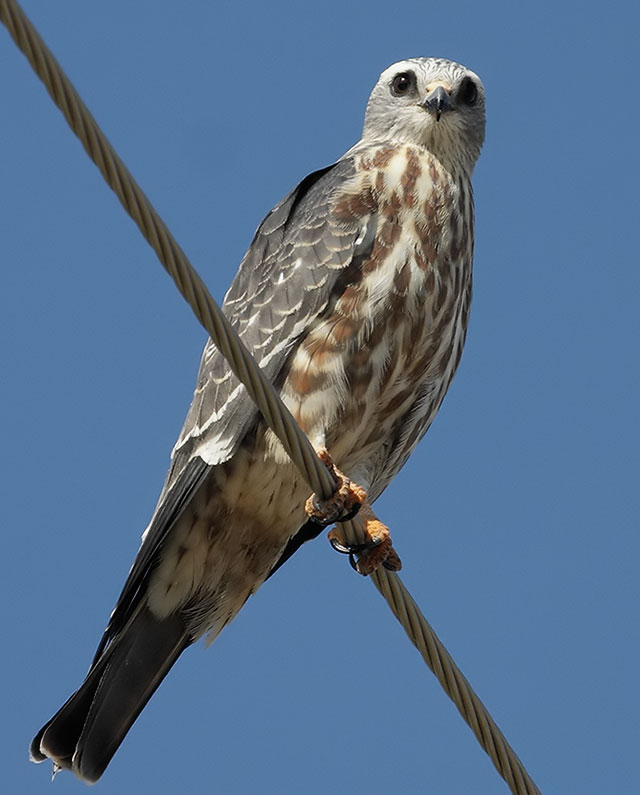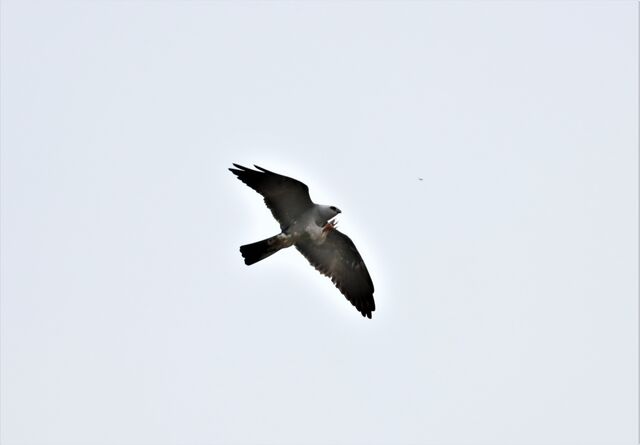
The female deposits the one to three whitish eggs that are then in turn incubated by both parents. Oftentimes, this nest is built high in the tallest available trees, up to over one hundred feet above the terrain. The nest is constructed by both sexes and is formed out of sticks and lined with leaves and grass, as well as the occasional piece of litter. This species of raptor pairs up while in the tropics during the breeding season, with the male and female remaining monogamous. There are many reports of Mississippi Kites trailing livestock for the purpose of finding food that the hooved mammals have stirred up. This species consumes a tremendous amount of insects, particularly cicadas and grasshoppers, and it will pursue its prey communally while in flight.įor me, it was, and incidentally still is, thrilling to watch several Kites pursuing a fleeing cicada and knowing the chase is over by hearing the shrill sound of the prey as it is subdued. This socialization occurs not only for nesting purposes, but for feeding objectives as well.

Unlike most other varieties of raptor, this type can often be observed congregating in large groups of up to twenty individuals. Mature specimens range from thirteen to seventeen inches in height with a wingspan of roughly three feet. Immature specimens lack the light gray underparts, instead having a light tan background adorned with large, brown random vertical streaks. The legs and feet range in coloration from yellow to almost red. The bill is dark, and the large eyes, which are outlined in black, are deep red in coloration. The tail, which is solid black, is the by far the darkest section of this variety. The underparts are the lightest, while the upperparts are considerably darker. What they look likeĪdult Mississippi Kites can typically be described as having an overall gray hue to its entire body, including the head and neck. Typically, this migratory bird is one of the last species to arrive in late spring, often not appearing in Texas until mid-May or even later. It can be defined as a true “tropical species” as it resides in southern Mexico during the cold, winter months. The Mississippi Kite (Ictinia mississippiensis) is a moderately-sized species of raptor whose natural summer range includes the majority of the southeastern United States, including the entire Panhandle, upper Trans-Pecos, and upper Edwards Plateau ecoregions of Texas.

I fondly recall an avian species of raptor that can not only be described as graceful, but can also be defined by its valiant behavior. The vast majority of my memories as a budding young naturalist in the southern panhandle revolve around the summer months when I spent countless hours in the field observing wildlife when it is was at the apex of its activity.


 0 kommentar(er)
0 kommentar(er)
